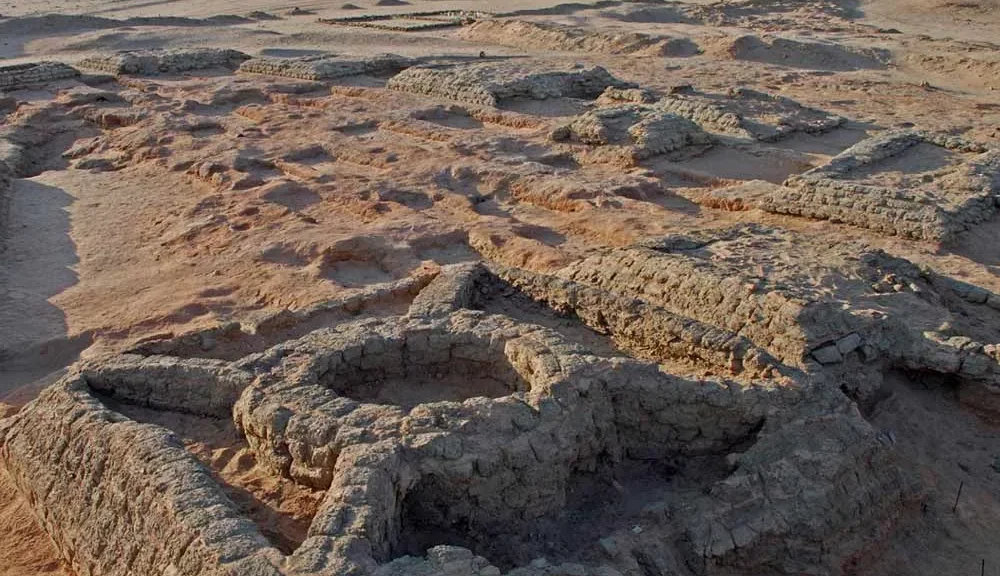35 Ancient Pyramids Discovered in Sudan Necropolis
Archaeologists excavating a site in Sudan have discovered 35 pyramids revealing fascinating links between the bygone Kingdom of Kush that once existed there and ancient Egypt.
The pyramids, which date back around 2,000 years, are smaller than most Egyptian examples with the largest being 22 feet in width and the smallest, likely constructed for the burial of a child, being just 30 inches.
The site in Sedeinga, northern Sudan, was part of the ancient kingdom of Kush which shared a border with Egypt and, later on, the Roman Empire.




One factor that has surprised the team was how densely concentrated the pyramids were. In a single area of 5,381 square feet, roughly the size of a basketball court, they found 13 pyramids.
Sadly the condition of the pyramids has suffered from the presence of a camel caravan route and the long passage of time and none of the top sections remains intact.
Capstones, depicting either a bird or a lotus flower on top of a solar orb, have originally been placed at the top of the pyramids. Graves were discovered beside the pyramids in tomb chambers which were often found to have held more than one body.



Sadly these graves had all been plundered, possibly many hundreds of years ago, however, the archaeologists did find skeletal remains and some artefacts. The archaeological team believes the building of pyramids at Sedeinga continued for centuries and was strongly influenced by Egyptian funerary architecture.
Vincent Francigny, a research associate with the American Museum of Natural History in New York, told LiveScience: ‘The density of the pyramids is huge.
‘Because it lasted for hundreds of years they built more, more, more pyramids and after centuries they started to fill all the spaces that were still available in the necropolis.
‘They reached a point where it was so filled with people and graves that they had to reuse the oldest one.’
Some of the pyramids were found to have been built with cross-braces connecting the corners to an inner circle. Interestingly only one pyramid outside of Sedeinga is known to have been built in this way.
Mr Francigny believes that when pyramid building came into fashion at Sedeinga it could have been combined with a local circle-building tradition called tumulus construction, resulting in pyramids with circles within them.
He added: ‘What we found this year is very intriguing. A grave of a child and it was covered by only a kind of circle, almost complete, of brick.’




Among the artefacts discovered were depictions of Egyptian gods including Bes who is associated with children and pregnant mothers. One of the most interesting finds was an offering table depicting the jackal-headed god Anubis and a goddess believed to be Isis.
A dedication to a woman named ‘Aba-la,’ which researchers believe may be a nickname for ‘grandmother,’ was inscribed with ancient Meroitic writing – a script derived from Egyptian hieroglyphs.
It reads:
Oh, Isis! Oh Osiris!
It is Aba-la.
Make her drink plentiful water;
Make her eat plentiful bread;
Make her be served a good meal.
